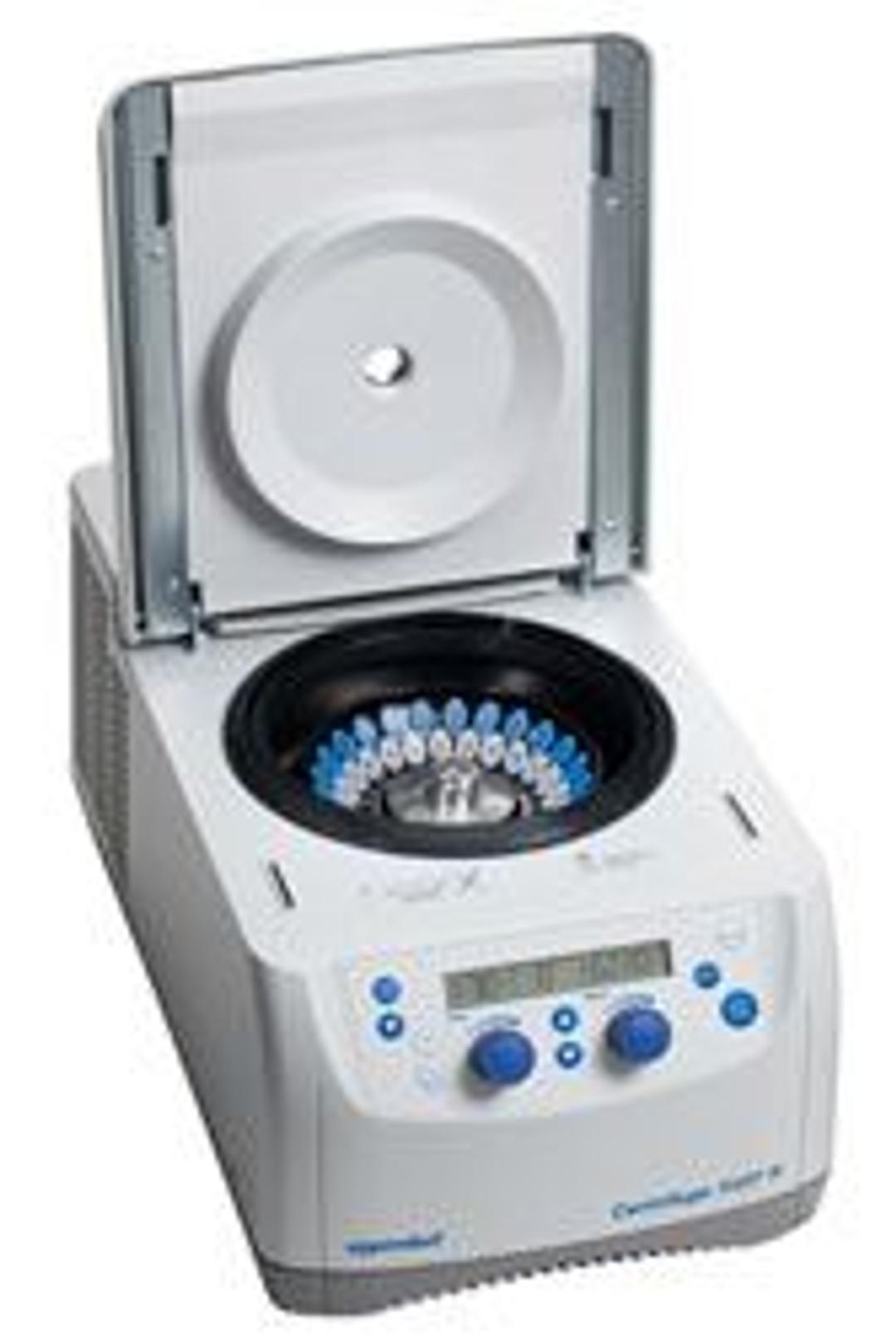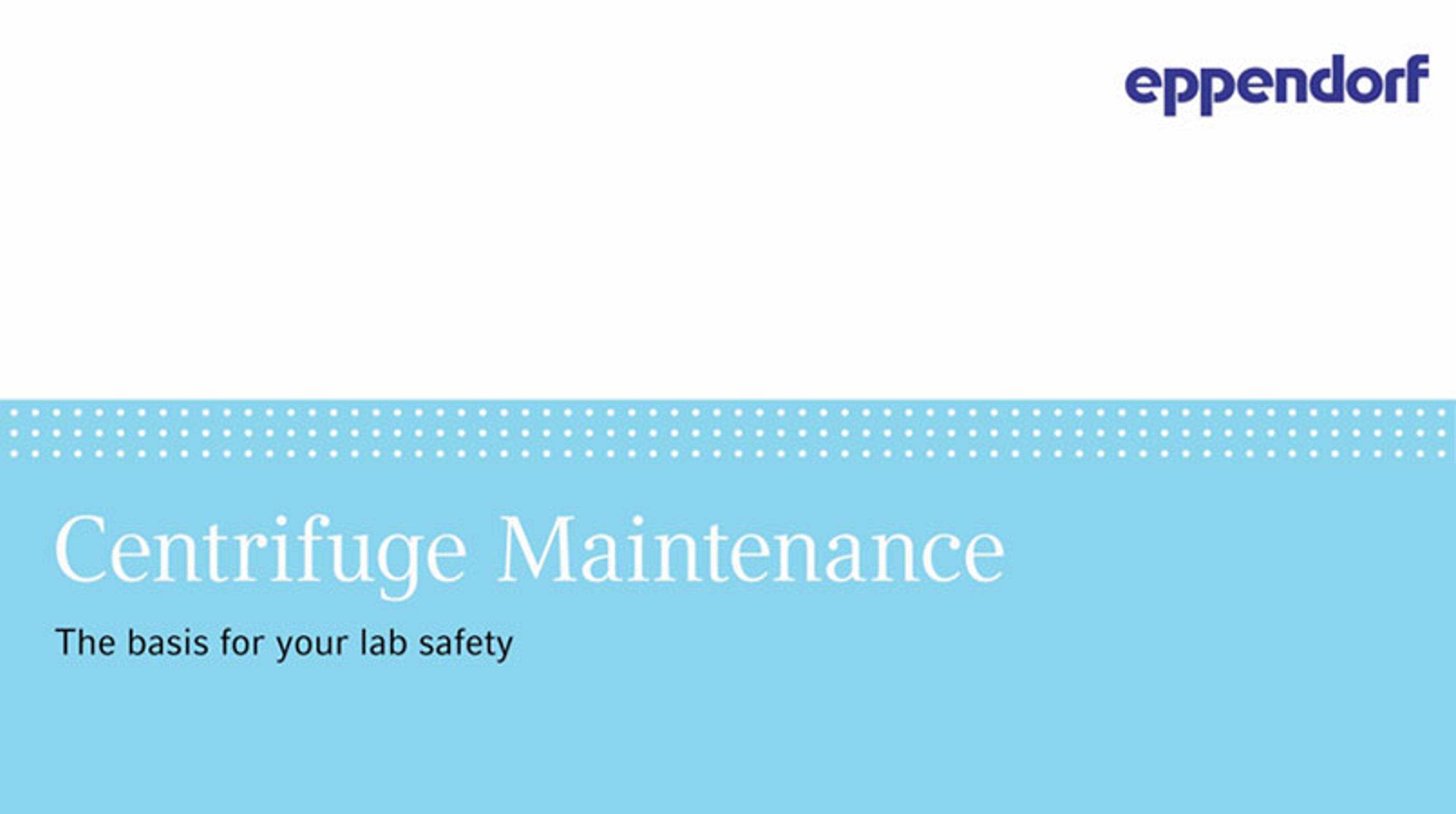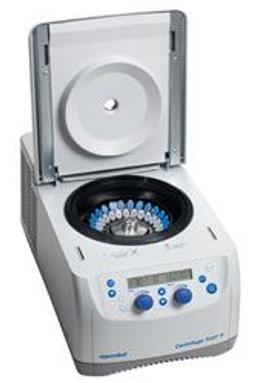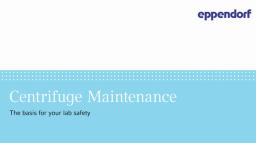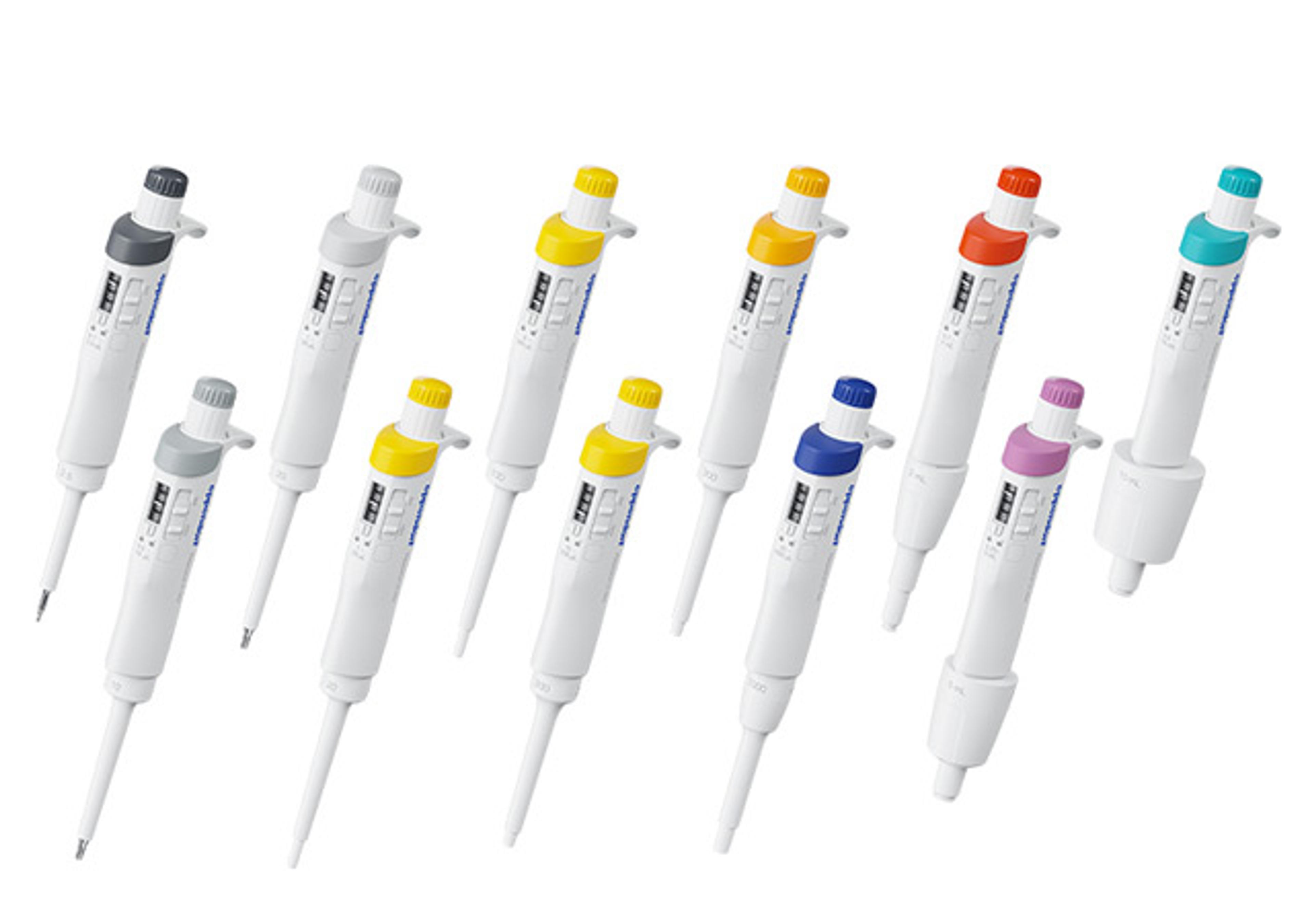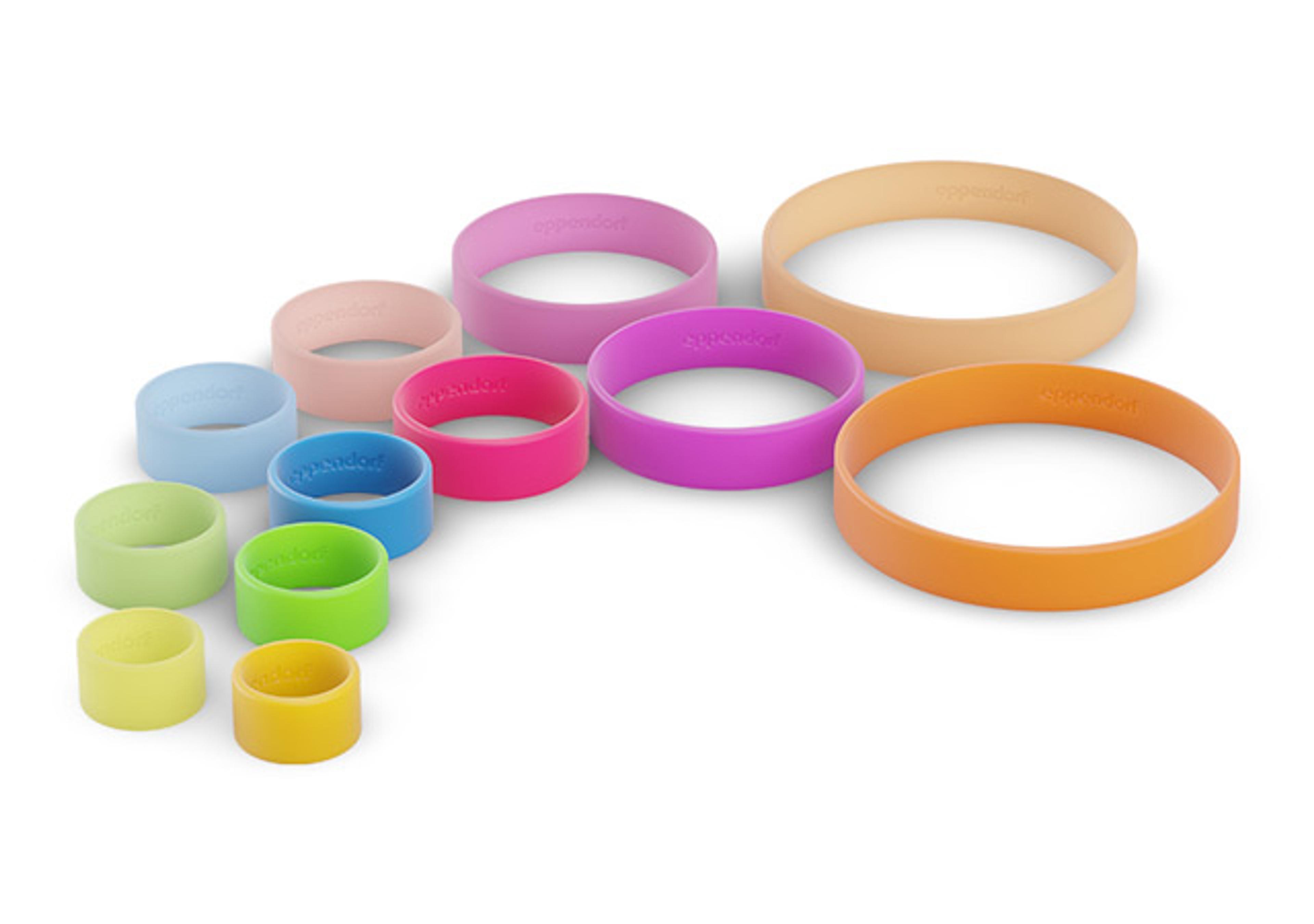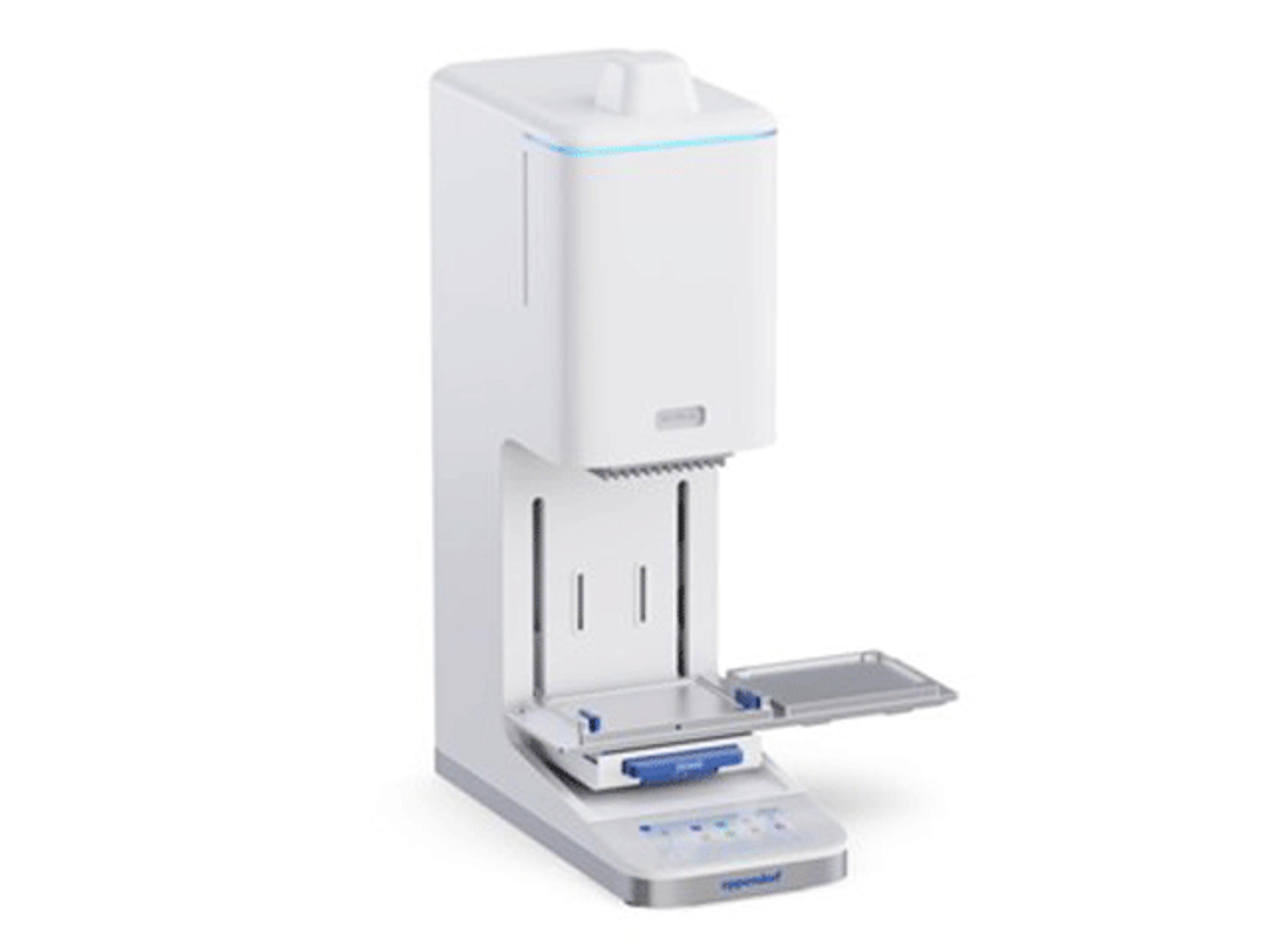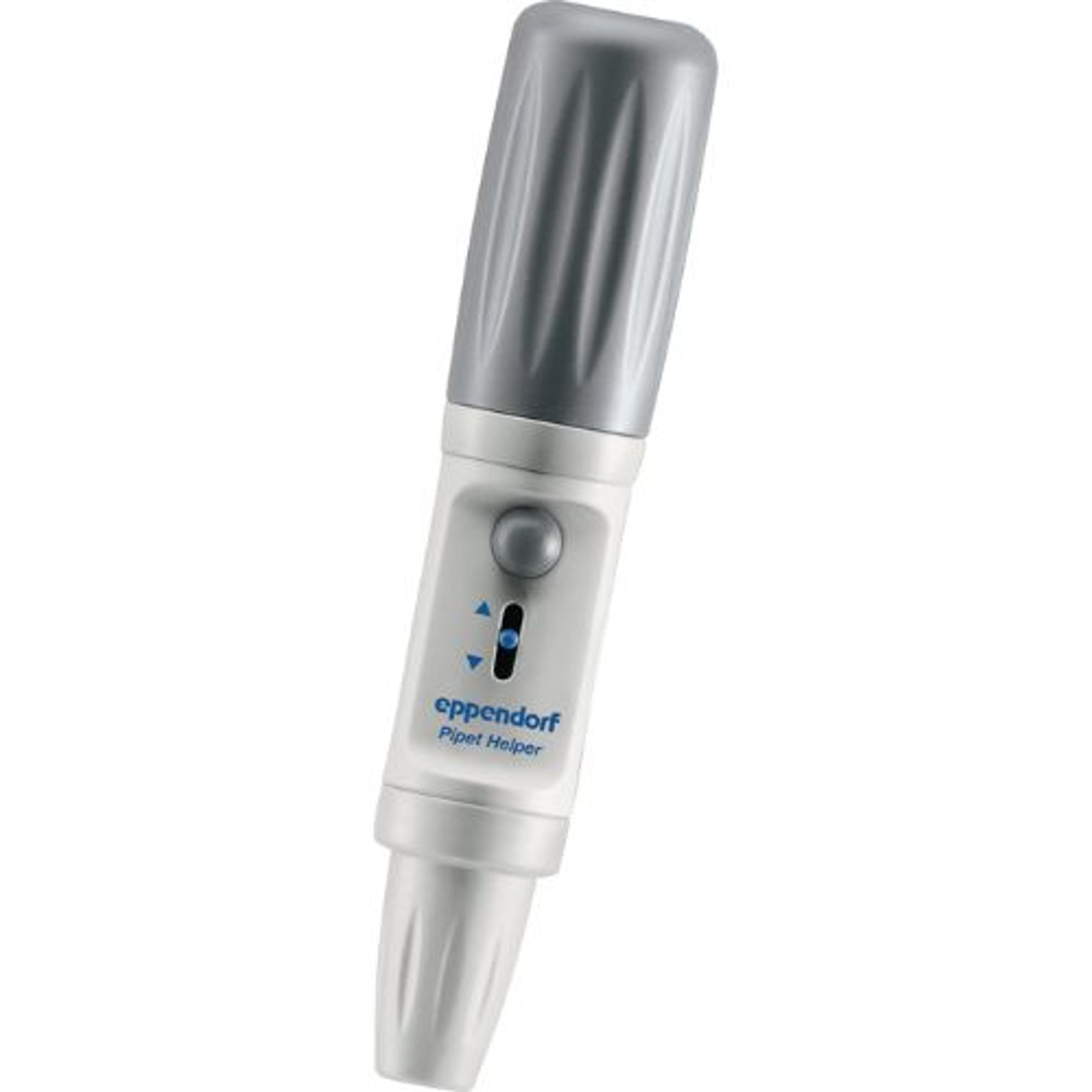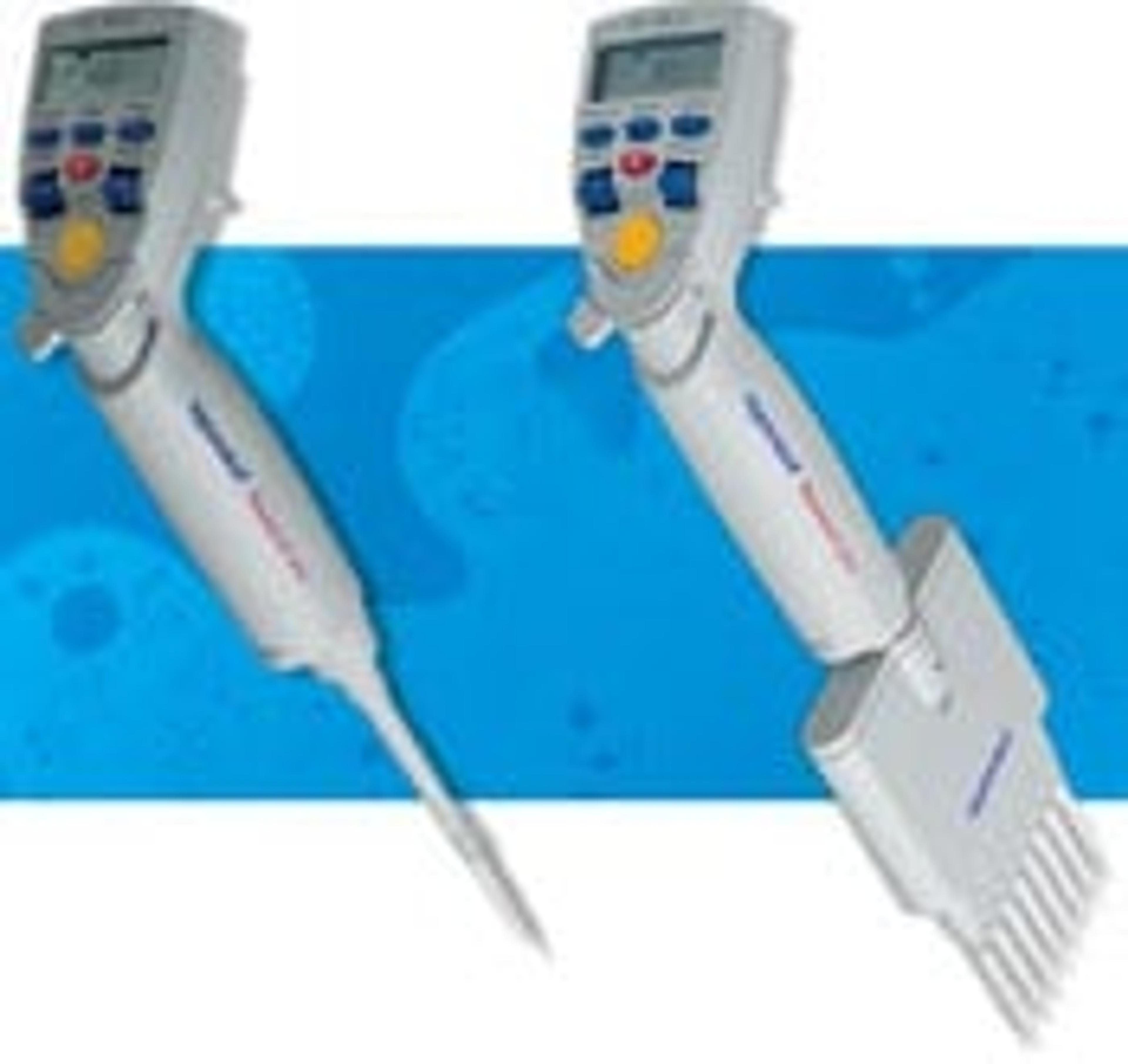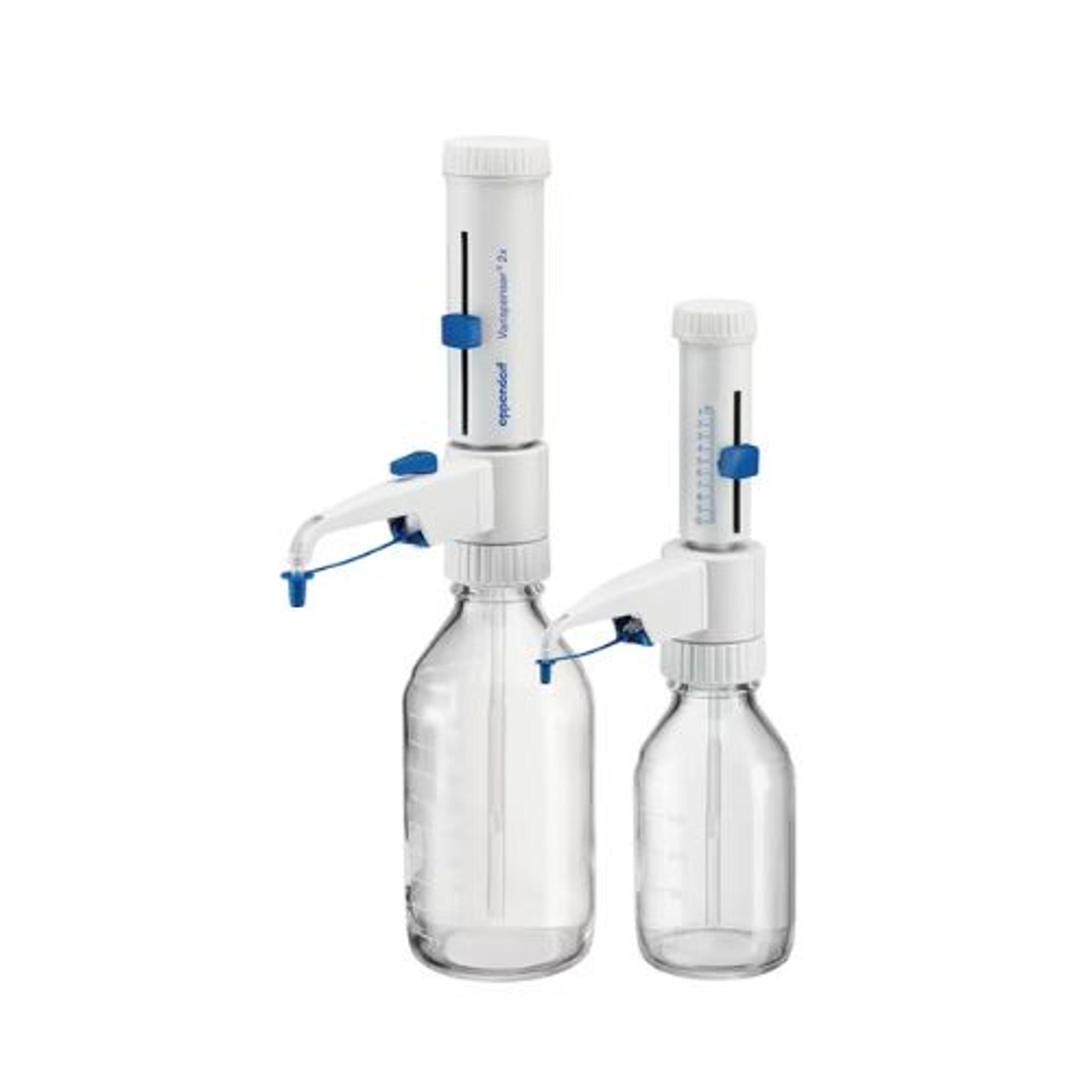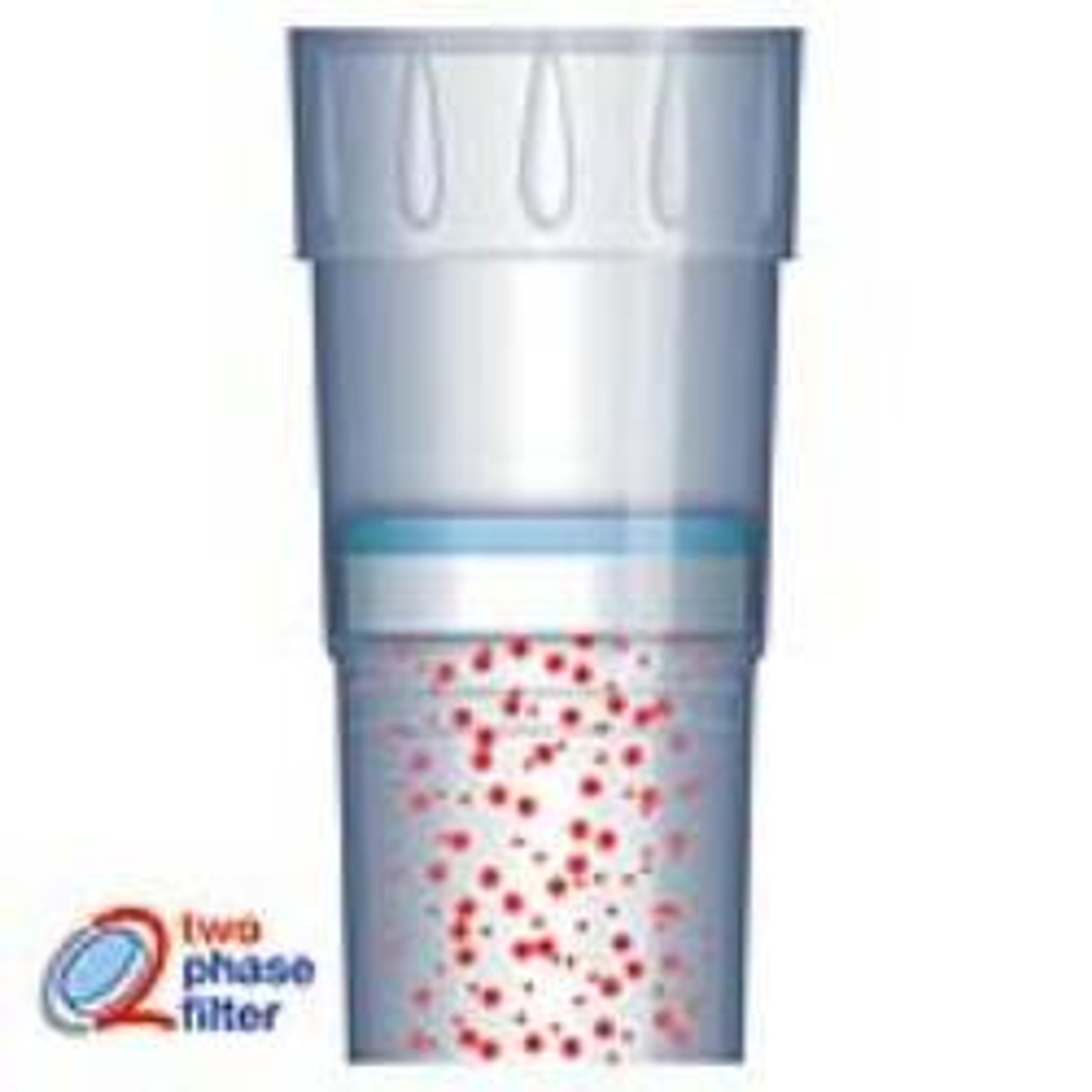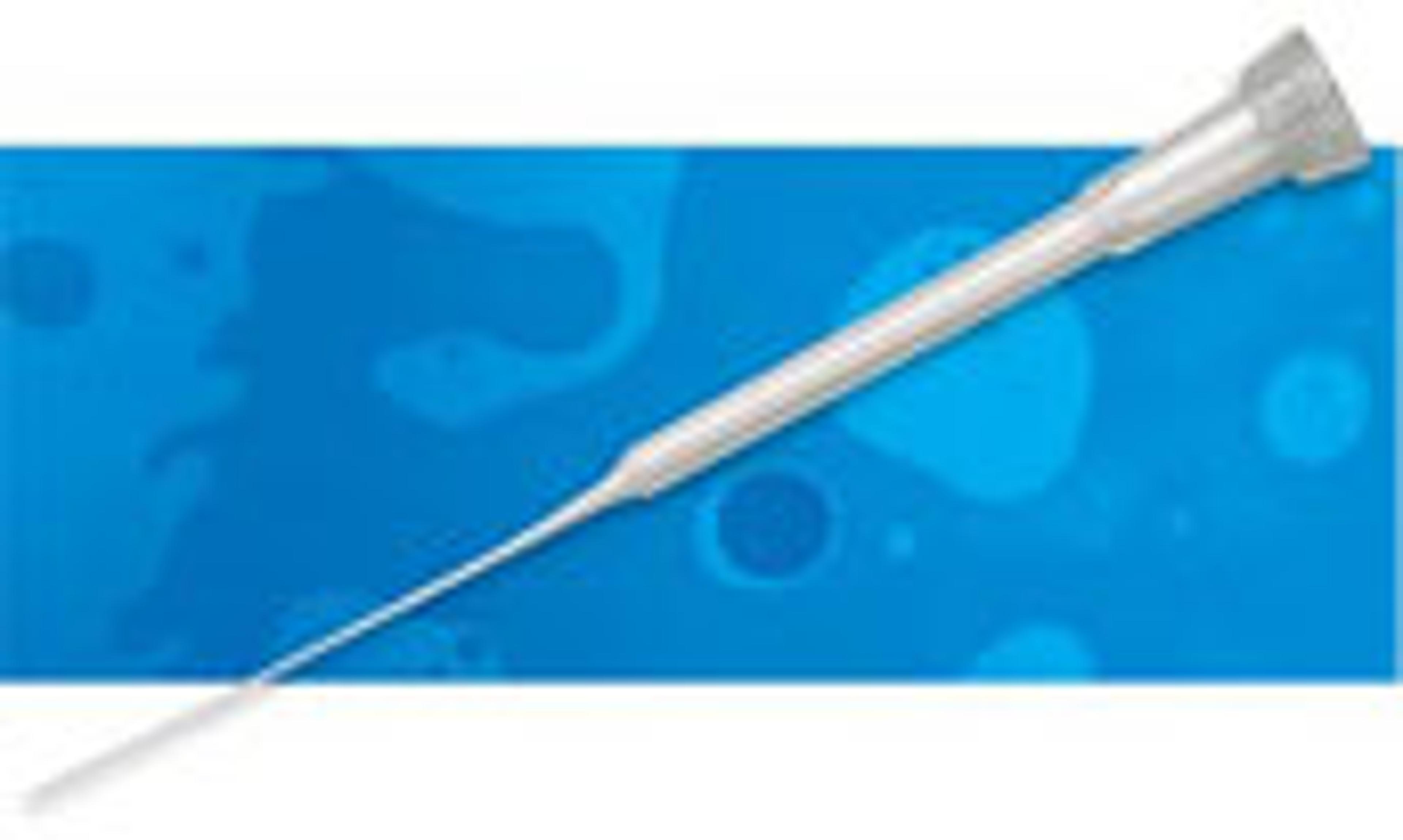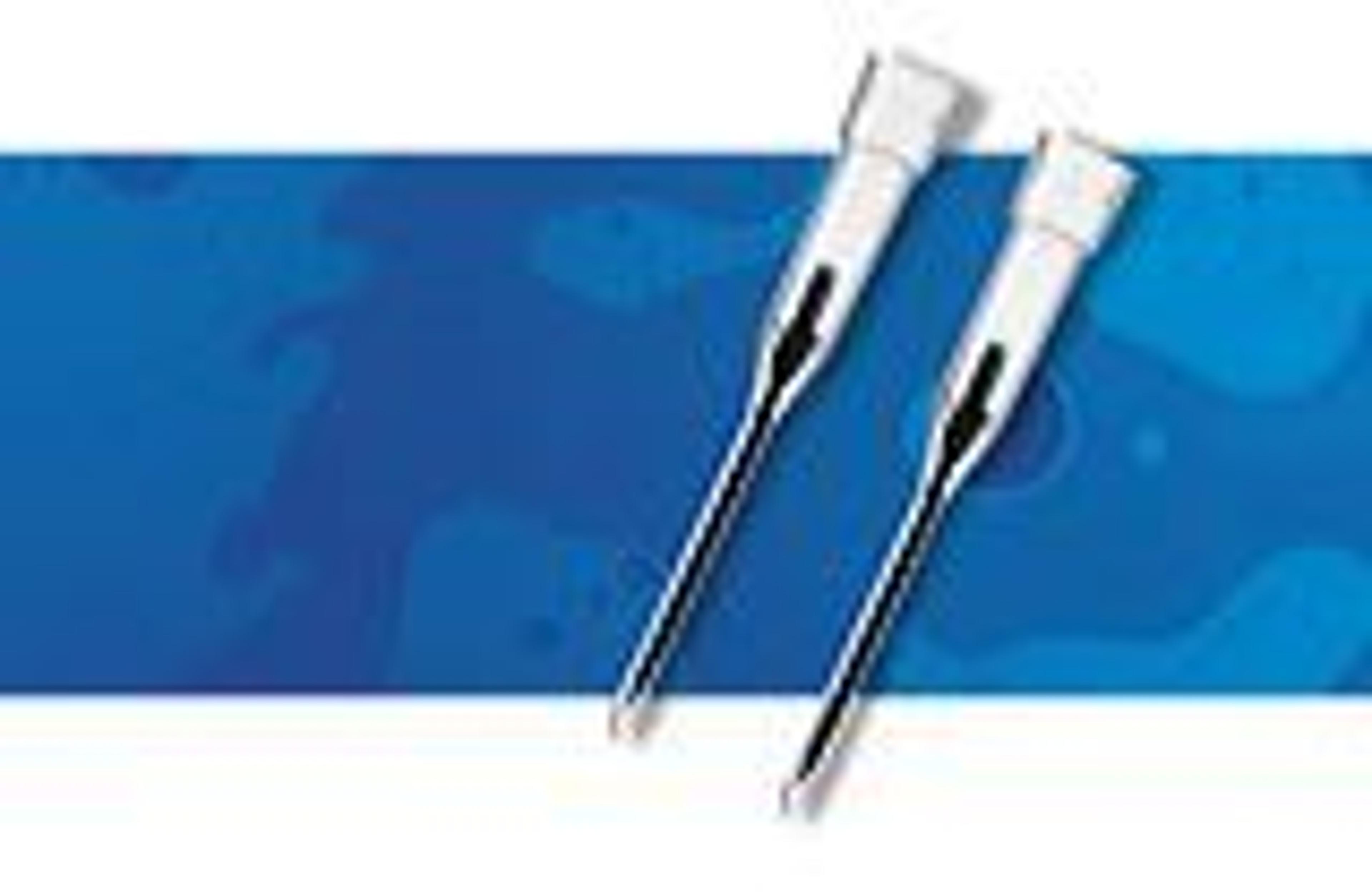Centrifuge 5427 R
If there is a demand for high sample throughput, many centrifuges call it a day in regards to capacity. This does not apply to the Centrifuge 5427 R. With a new double-row 48-place rotor it lives up to the increased efficiency requirements with fast running times in a safe and reliable manner. This is supported by an intuitive human interface and design concept which makes for a compelling user comfort. For these reasons, the…
Spinning 48 samples at the same time makes me happy.
Centrifuging
Very easy to use, much faster to select speed having the wheels rather than buttons. Also, with the 48-well rotor, one can rotate many more samples. It does take longer to cool down than our old 5417R, and it takes ages to open.
Review Date: 14 Apr 2023 | Eppendorf
If there is a demand for high sample throughput, many centrifuges call it a day in regards to capacity. This does not apply to the Centrifuge 5427 R. With a new double-row 48-place rotor it lives up to the increased efficiency requirements with fast running times in a safe and reliable manner. This is supported by an intuitive human interface and design concept which makes for a compelling user comfort.
For these reasons, the Centrifuge 5427 R becomes the ideal solution for high-end research applications.
In addition, this microcentrifuge satisfies with an innovative compressor technology which—by taking ecological aspects into account - tempers sensible samples precisely to guarantee a proper preparation of your analysis.
Features
• New 48-place rotor reduces time expenditure of daily routine works significantly
• Short-Spin function allows for quick short centrifugation with pre-selectable rotation speed
• Eppendorf QuickLock-system for quick rotor lid opening and closing
• Very quiet operation due to further improved sound insulation
• FastTemp for rapid pre-cooling of the centrifuge, e. g. from 23 °C to 4 °C in in aprox. 11 minutes
• Continuous cooling keeps the temperature after the run constant—Your samples stay safe
• Alternatively to continuous cooling: ECO-shut off of the compressor (adjustable after 1, 2, 4 or 8 hours of non-use) for a lower energy consumption

